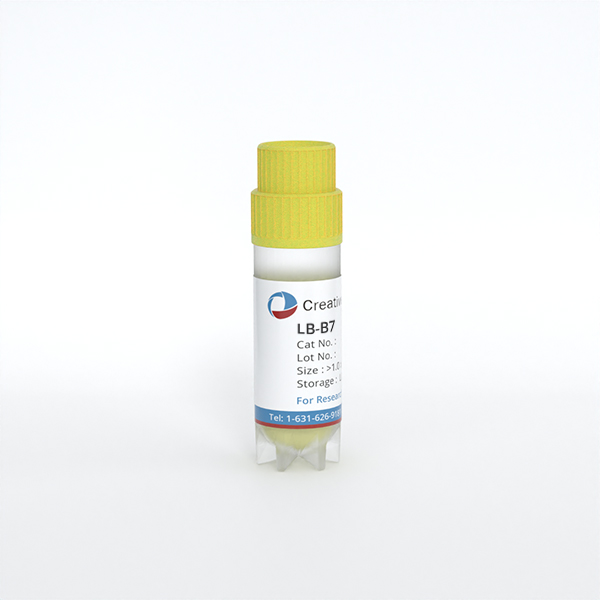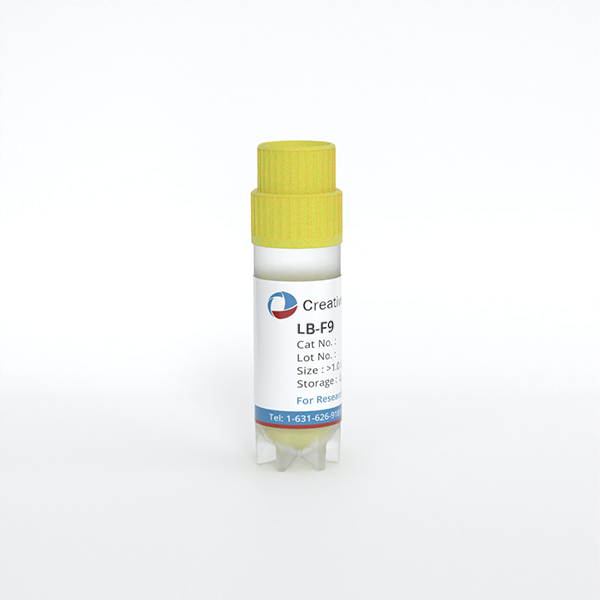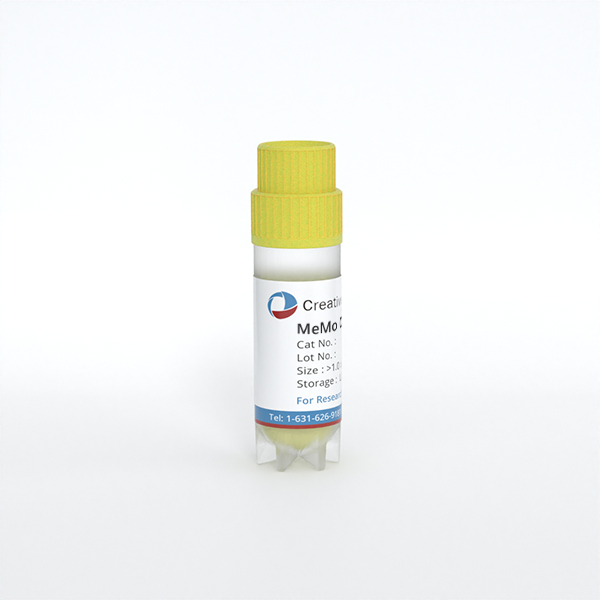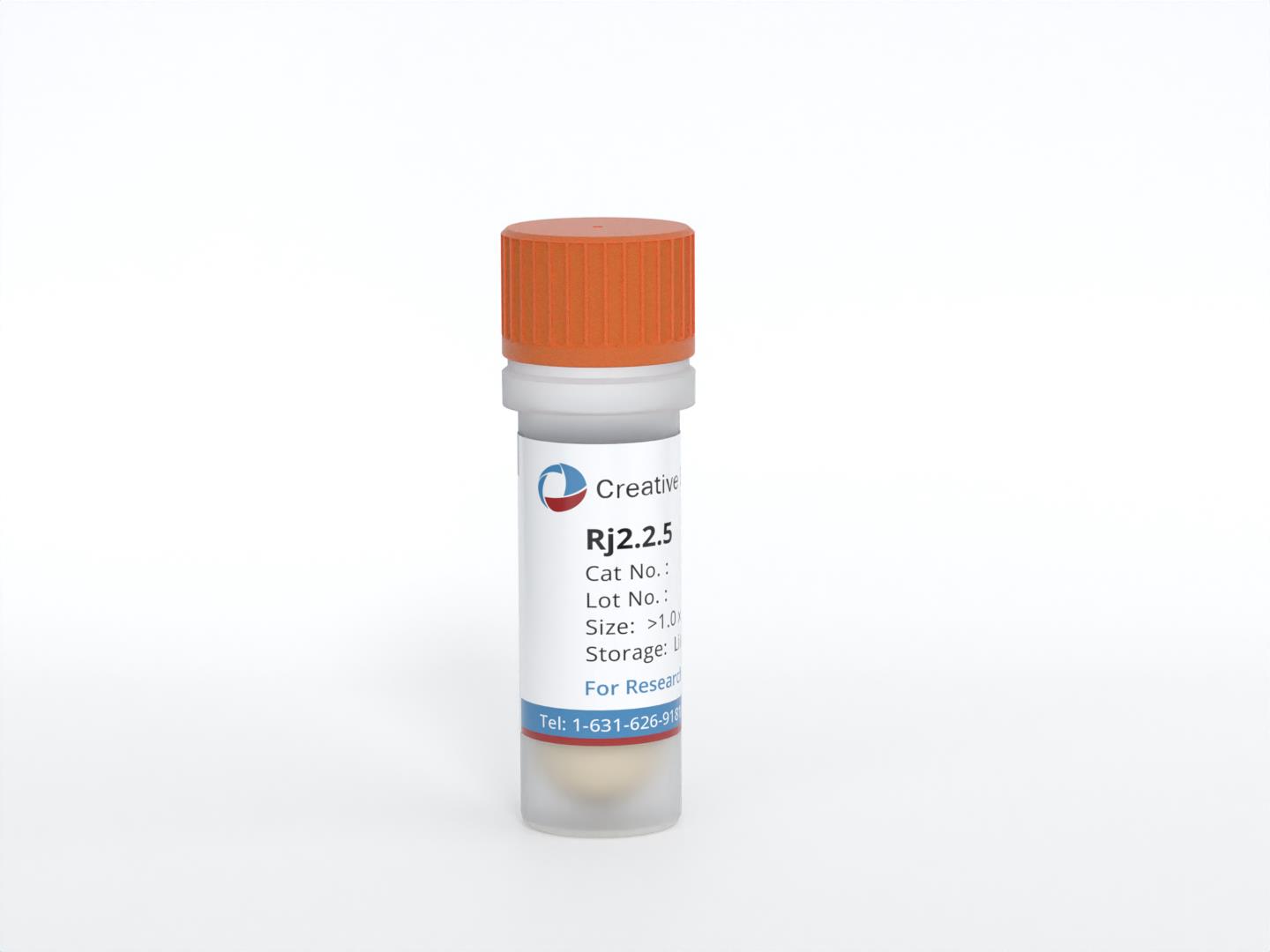Featured Products
Our Promise to You
Guaranteed product quality, expert customer support

ONLINE INQUIRY
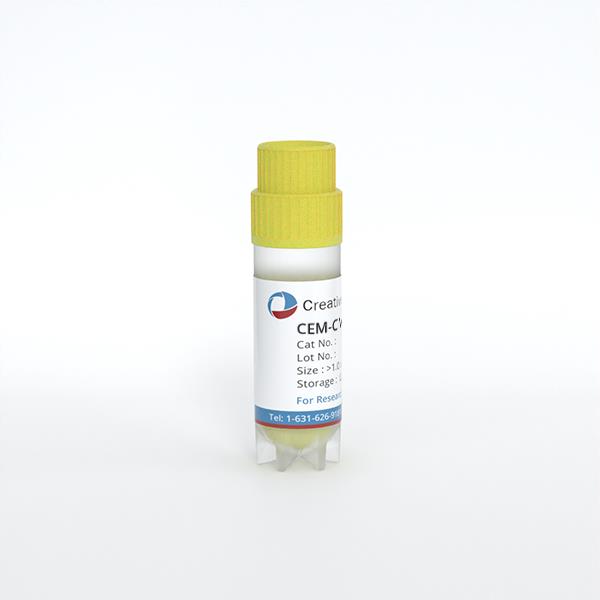
CEM-CM3
Cat.No.: CSC-C9357L
Species: Human
Source: T cell; T lymphoblast
Morphology: lymphoblast
Culture Properties: suspension
- Specification
- Q & A
- Customer Review
Histopathology: leukemia, acute lymphoblastic
Note: this line was derived from CCRF-CEM by selecting for resistance to 8-azaguanine; the line has been used as a fusion partner in the production of human-human T cell hybridomas
vWA: 18,19
FGA: 23,24
Amelogenin: X
TH01: 6,7
TPOX: 8
CSF1P0: 11
D5S818: 12,13
D13S317: 12
D7S820: 10,13
Shipping Condition: Room Temperature
In order to obtain as many intracellular metabolites as possible, the cells should be made to be fragmented to the greatest extent possible. Commonly used methods of fragmentation include repeated freeze-thawing, ultrasonic fragmentation, and mechanical homogenization.
Ask a Question
Average Rating: 4.0 | 1 Scientist has reviewed this product
Reliable
Creative Bioarray's products have been tested for purity and viability, which ensures accurate and reliable results in my experiments.
10 June 2022
Ease of use
After sales services
Value for money
Write your own review
- You May Also Need


